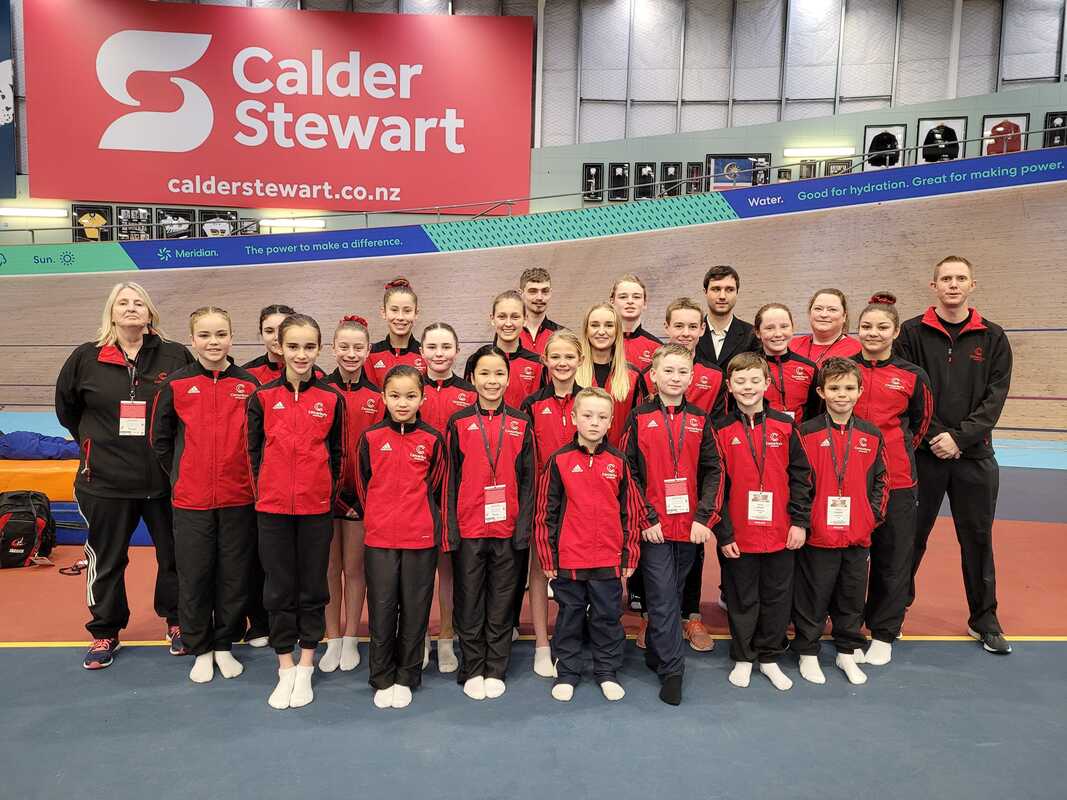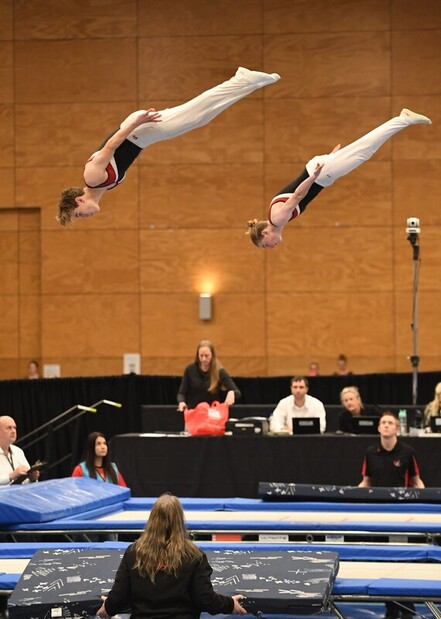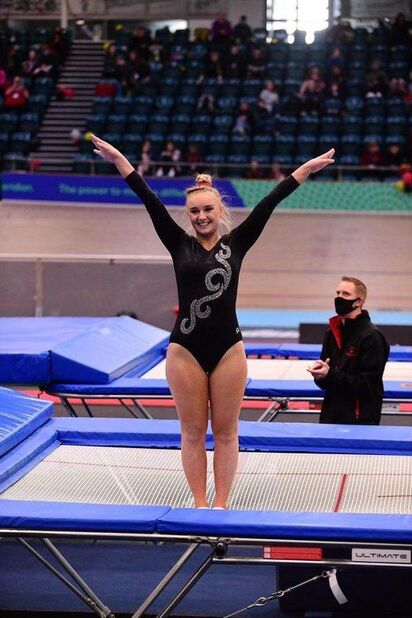
.
CSG prides itself on its excellent trampoline programme. CSG's trampoline team has the largest number of Canterbury representatives of the 4 trampoline clubs in Canterbury. We came away with 26 medals at the 2023 National Championships, including several National Champions in synchronised.
CSG offers trampoline and tumbling classes from recreational through to regional competitive and National competitive.
In 2023, CSG's Melissa Romeril was named to the New Zealand National Team for double mini trampoline and competed at the World Cup in Protugal, finishing 6th; the Australian National Championships, and at the 2023 World Championships in Birmingham, Melissa was the highest placing New Zealander on womens double mini trampoline, placing 19th.
CSG offers trampoline and tumbling classes from recreational through to regional competitive and National competitive.
In 2023, CSG's Melissa Romeril was named to the New Zealand National Team for double mini trampoline and competed at the World Cup in Protugal, finishing 6th; the Australian National Championships, and at the 2023 World Championships in Birmingham, Melissa was the highest placing New Zealander on womens double mini trampoline, placing 19th.


